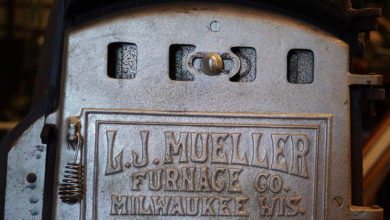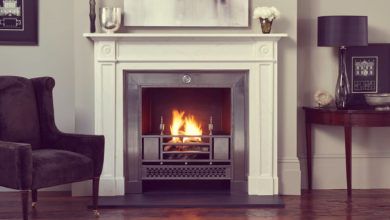In many people’s minds, cold winters and skyrocketing electricity bills kind of necessarily go hand in hand. It is well known that heating your home makes up the bulk of household power consumption – over 70% by some estimates. And indeed, If you live in an especially cold climate, the heater seems to be on pretty much constantly. Fortunately, however, there are ways you can reduce your power bills this winter, whilst still keeping yourself warm this winter. Here are a few simple methods you should implement in your household …
Install insulation
Did you know that up to 25% of the heat you generate to warm your house is lost via the roof? Avoid such colossal wastage by installing insulation up in your loft – and in the walls, as a lot of heat is lost via them also. Insulate your hot water tank as well. Check with your power company and see if they’ve got any home insulation schemes going – you might be able to get a big discount
Eliminate droughts
Drought-proof your doors, walls, windows, etc., in order to prevent heat loss. Even just a basic ‘sausage dog’ drought-excluder device placed under the door can be effective. Installing rubber seals around windows and doors are also very cheap and can be installed easily.
Make use of your curtains
Open them wide during the day and let the free heat of the sun warm your home. Shut them when it starts to get dark, they will act as insulation ‘trapping’ the heat in your house.
Keep your radiator/heater clear of obstacles like curtains, sofas, etc.
They absorb heat, preventing it from circulating around the room and keeping YOU warm. Install radiator panels as well so that heat is reflected back into the room and not absorbed by the walls.
Turn the thermostat DOWN
Turning the temperature down just a little bit (say by 1 degree) won’t make any difference to your comfort levels, and could cut your heating bills by as much as 10%.
Install timers/ heating controls
By programming your central heating to switch on only at certain times, for example, half an hour before you wake up/get home from work, you ensure the house is warm and ready just when you most require it, and you don’t waste power warming up the house when it isn’t necessary.
Choose a more efficient model
Last but not least, upgrade your heating/boiler to a more recent, energy efficient model that utilizes less power whilst producing the same quantity of heat. Energy efficiency is key.





